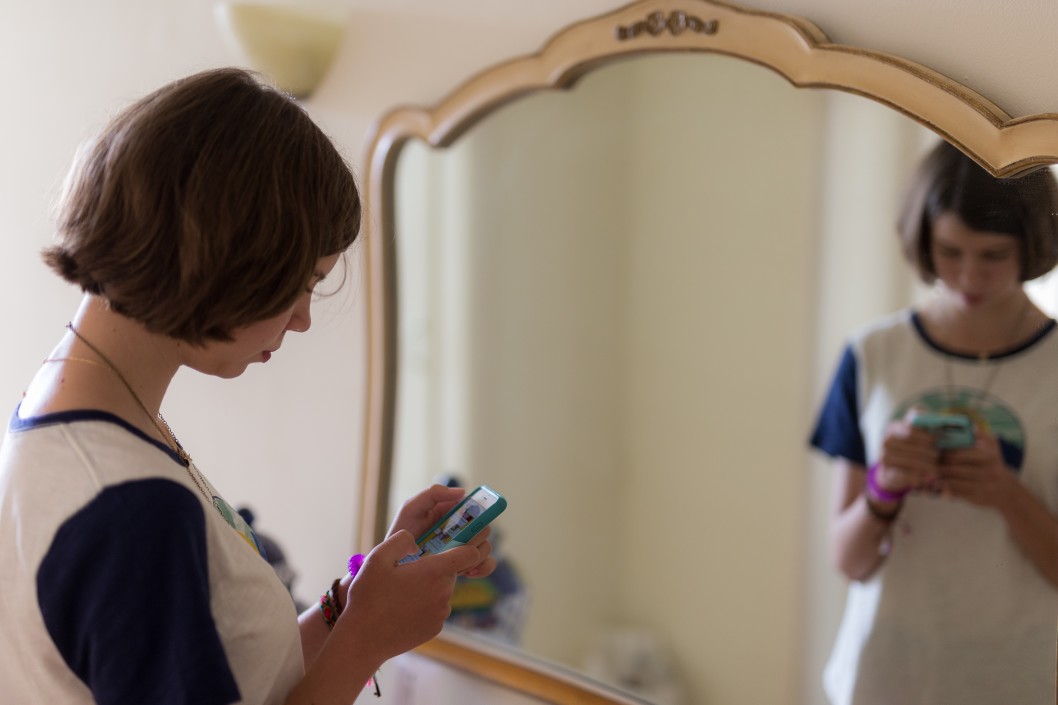 Anxiety has long been one of the most feared enemies in our emotional canon. We fear its arrival, feel helpless and trapped under its spell, and grant it power to overtake us in new, exciting and challenging situations. But what if we’ve been going about it all wrong?
Anxiety has long been one of the most feared enemies in our emotional canon. We fear its arrival, feel helpless and trapped under its spell, and grant it power to overtake us in new, exciting and challenging situations. But what if we’ve been going about it all wrong?
Research shows that anxiety can actually be a pathway to our best selves. A range of new neuroscience, along with ideas from ancient philosophy, Charles Darwin, early social scientists and positive psychology, have all pointed in this direction.
A large-scale study from the University of Wisconsin in 2012 demonstrated that how we think about anxiety and stress can change how those feelings impact us. Regardless of actual stress levels, the less harmful you believe the feeling is, the less harmful it will be. “Our minds aren’t passive observers simply perceiving reality,” the Stanford research scientist Alia Crum explained in a speech at, of all places, the World Economic Forum. “Our minds actually change reality. In other words the reality we will experience tomorrow is in part a product of the mind-sets we hold today.”
Here are three ways to tap into anxiety as a resource.
1. Think of anxiety as a signal
You don’t have to like the experience of anxiety to use it effectively. It’s designed to be uncomfortable so you pay attention and do what you need to make it stop. Much like a baby’s cry, anxiety lets you know there is an issue that needs addressing. Just as you try to figure out why the baby is in distress and resolve it, you must work to determine what your anxiety is trying to tell you. Once you determine that and start executing solutions, you’ll notice the anxiety begins to dissipate.
2. Label the feeling to steer your experience
Naming anxiety — and then renaming it — allows you to process its message rather than just react to its discomfort. This reduces distress and activates better emotional regulation, problem solving and planning.
How you label your experience is 100 percent in your control. You can then channel anxiety into a resource you can use to your advantage.
3. Aim for the sweet spot
A moderate amount of anxiety promotes optimal functioning, even if the unexpected energy might throw you off. If you understand what anxiety is trying to do, you don’t have to view — and treat — it as an enemy. Anxiety about meeting a deadline, for example, can fuel the focus and energy we need to meet it, especially when tired and prone to distraction. Anxiety keeps us on our toes and focused. In our noisy, busy lives, it is often simply a call to pay attention to the thing that needs our attention.
What this new research and approach offers is something we could all use a bit more of when it comes to anxiety: hope.
Taking charge of your mind-set, your emotional labeling and your behavior is how you partner with anxiety and reclaim control.
Excerpted from “How to Harness Your Anxiety” by Dr. Alicia Clark, psychologist and author of “Hack Your Anxiety: How to Make Anxiety Work for You in Life, Love, and All That You Do.” Read the full article online in The New York Times.
Source: The New York Times | How to Harness Your Anxiety, https://www.nytimes.com/2018/10/16/well/mind/how-to-harness-your-anxiety.html |© 2018 The New York Times Company
Do you need someone to talk to? CHC can help. We invite you to call or email our Care Coordinators at 650.688.3625 or careteam@testing.chconline.org to set up a free 30-minute consultation.




